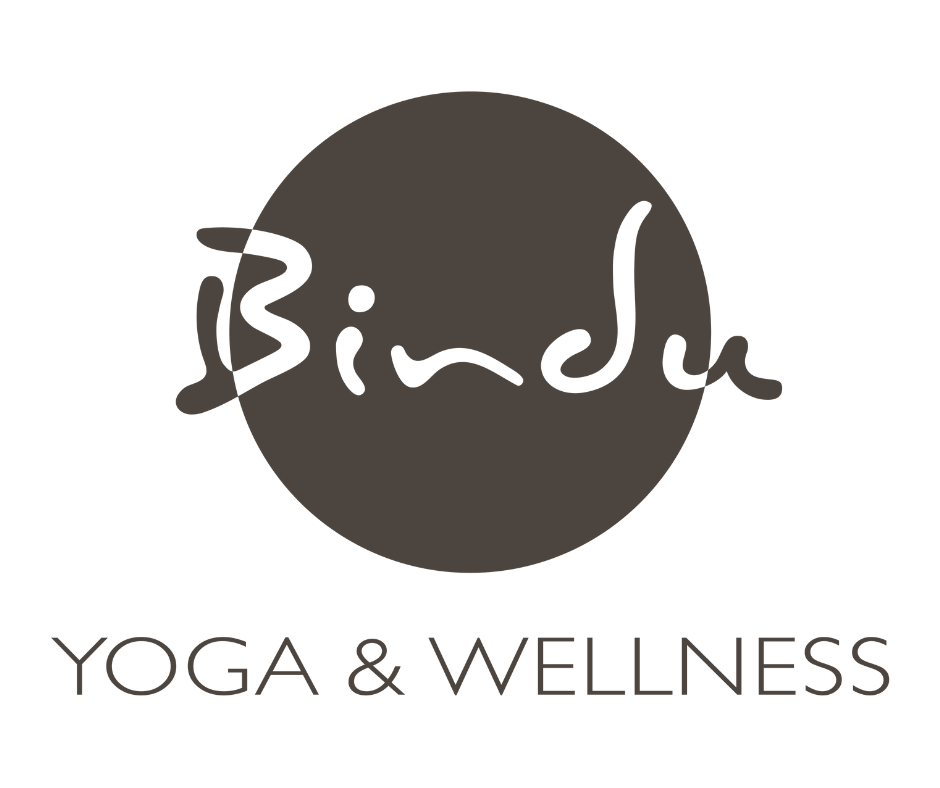Breath, Core, and The Pelvic Floor
Discover how your breath, core, and pelvic floor create the foundation for your physical health, energy, and emotional resilience. In this four-part series, you'll learn how dysfunctional breathing—both biochemically and biomechanically—may be the root cause of fatigue, poor posture, stress, and pelvic floor issues.
Through direct experience, education, and guided practice, you’ll transform your yoga poses, your breath, and your internal regulation systems—one conscious breath at a time.
Part 1 – July 19 | 12:00–1:30 PM
Breath Patterns & Asana: Functional vs. Dysfunctional Breathing
This class lays the foundation: you’ll learn to identify dysfunctional breathing patterns that affect your body’s chemistry (CO₂ and oxygen balance) and mechanics (rib, spine, diaphragm, and pelvic floor movement). We’ll explore how “taking a big breath” can actually reduce oxygen delivery and why breathlessness is more often a result of over-breathing, not under-breathing.
You’ll receive a carefully designed asana sequence oriented around low, light, breathing in each posture. Each pose is paired with specific breathing cues to enhance diaphragmatic mobility, rib cage articulation, and nervous system regulation. You’ll practice:
Seated breath observation (light, low, and silent)
Diaphragmatic Hug
Scapular Swirls
Paint the floor
Doodle with your nose
Undulations form a forward bend position
Rapunzel
Educational Component:
Learn how to measure your Comfortable Pause (CP)—and what your number reveals about your breath, CO₂ tolerance, and nervous system reactivity.
Practice taking your CP and receive a tracking sheet to monitor and guide your daily practice.
Explore how to gradually recondition your breathing to increase resilience and energy.
Assignment:
Repeat the asana and breath practice as many times as possible before Part 3 to establish your baseline and begin creating physiological change.
Part 2 – July 19 | 2:30–4:00 PM
The Three Cores & Pelvic Floor Foundation
Here, we explore the deep relationship between breath, abdominal and spinal stability, and the pelvic floor. You’ll learn the three layers of core support and how they relate to yogic concepts of bandhas and pranic containment. A strong core isn’t just about strength—it’s about timing, breath coordination, and pelvic floor responsiveness. Add short breath holds to increase CO2 tolerance and improve your comfortable pause.
You’ll receive a floor and standing sequence to:
Activate the pelvic floor with low-pressure breath mechanics
Synchronize breathing with movement for intra-abdominal pressure regulation
Improve postural tone and spinal alignment without tension
Strengthen the transverse abdominis and pelvic diaphragm connection
Educational Component:
Learn how pelvic floor function depends on breath and posture
Understand the “core cannister” model and its yogic equivalents (mula, uddiyana, and jalandhara bandha)
Assignment:
Practice the provided sequence daily until Part 4. You’ll develop a stronger, more coordinated center that supports continence, mobility, and upright vitality.
Who This Is For:
Yoga teachers and therapists wanting deeper knowledge of breath mechanics and pranayama
Health professionals working with pelvic floor dysfunction, postural issues, or anxiety
Students seeking to restore energy, calm, and core strength from the inside out
What You’ll Walk Away With:
A breath-centered asana practice to reduce over-breathing and increase calm
Understanding of the Control Pause and how to improve it
A working model of breath, core, and pelvic floor synergy
Progressive use of breath suspensions for nervous system resilience
A lifelong toolset for vitality and embodied presence
